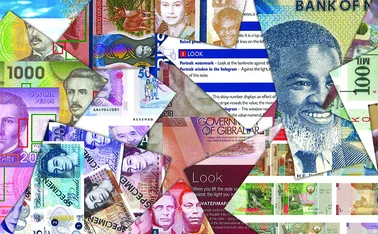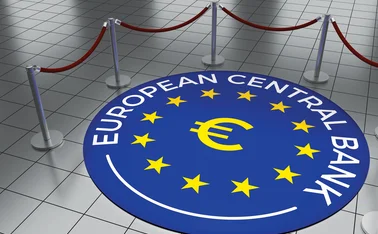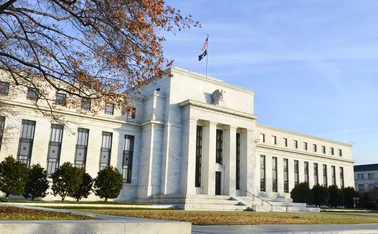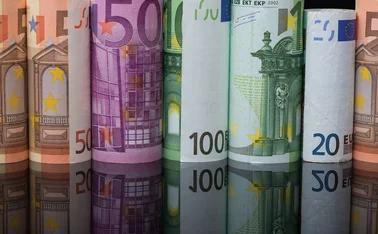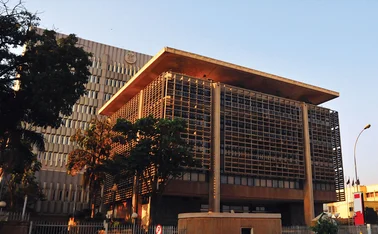
Delayed banknotes arrive in Venezuela
Thirty billion bolivars of notes finally shipped from Sweden, says central bank director
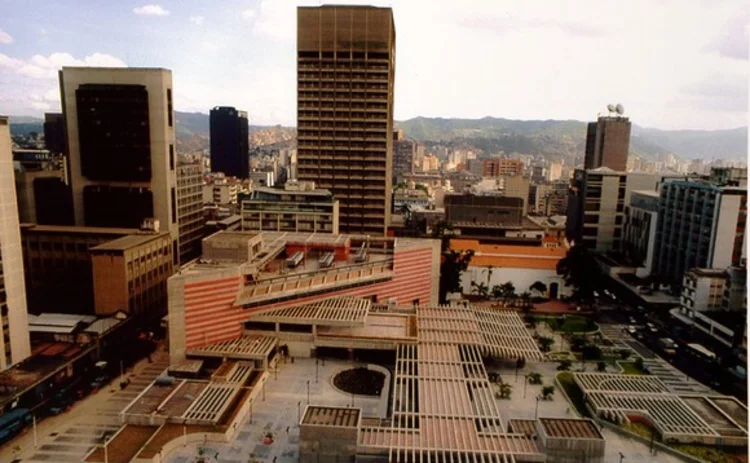
New 1,000-bolivar banknotes have finally arrived in Venezuela after a delay of over two months, the central bank announced on February 23.
The new 1,000-bolivar banknotes were flown into Simón Bolívar International Airport in Maiquetía from Sweden on February 22.
"The cargo coming from Sweden contained 600 boxes containing 30 billion bolivars," said José Khan, a member of the central bank's board of directors. Though he did not mention the printer by name, Crane Currency operates a paper mill in Sweden, providing banknotes for a number of central banks, including Sveriges Riksbank.
Khan also reported the Venezuelan mint had produced 4.5 million new 2,000-bolivar banknotes, thanking the factory for its work to "guarantee" the production of the denomination.
The central bank director also said he expected the first shipments of the 10,000- and 20,000-bolivar notes to arrive in the country on February 28.
Banknote backtrack
In December 2016, the Central Bank of Venezuela announced it would be launching a new, higher-value currency series, as inflation continued to cripple the nation. Venezuelan president Nicolás Maduro said the notes would enter circulation on December 15.
The series contains six new banknotes, the highest of which is 200 times larger than the current highest 100-bolivar denomination.
As the new series was unveiled, Maduro also decided to remove the 100-bolivar note from circulation altogether, citing an attempt to stop organised crime.
Demonetisation was set to occur on December 15, with the new series entering circulation to replace the notes being withdrawn. People would have 10 days to exchange their 100-bolivar notes.
However, on December 19, the president backtracked on his previous statement and said the 100-bolivar note would remain legal tender, as many shipments of the new notes had been delayed. Demonetisation would resume when all shipments arrived.
The president blamed "international sabotage" against the vehicles transporting the new note series for the policy change. Maduro said planes which had been contracted by the government to transport the banknotes had been diverted mid-flight.
"Today we were meant to have the majority of the 500, 2,000 and 20,000 [bolivar] banknotes. They simply couldn't arrive because they sabotaged our special cargo planes," he said on December 18. Both the president and minister for foreign affairs took to Twitter to express their outrage.
By this point, 80% of the former 100-bolivar notes had already been returned to the central bank.
Inflation problem
No official statistics on inflation have been released by the central bank since December 2015. However, Steve Hanke, professor of applied economics at Johns Hopkins Univeristy, who runs the Troubled Currency Project, estimates annual inflation at 265.5% as of February 24.
The bolivar has been steadily falling against the US dollar on the black market, with data provider DolarToday reporting $1 was worth 4,327 bolivars today.
Only users who have a paid subscription or are part of a corporate subscription are able to print or copy content.
To access these options, along with all other subscription benefits, please contact info@centralbanking.com or view our subscription options here: http://subscriptions.centralbanking.com/subscribe
You are currently unable to print this content. Please contact info@centralbanking.com to find out more.
You are currently unable to copy this content. Please contact info@centralbanking.com to find out more.
Copyright Infopro Digital Limited. All rights reserved.
You may share this content using our article tools. Printing this content is for the sole use of the Authorised User (named subscriber), as outlined in our terms and conditions - https://www.infopro-insight.com/terms-conditions/insight-subscriptions/
If you would like to purchase additional rights please email info@centralbanking.com
Copyright Infopro Digital Limited. All rights reserved.
You may share this content using our article tools. Copying this content is for the sole use of the Authorised User (named subscriber), as outlined in our terms and conditions - https://www.infopro-insight.com/terms-conditions/insight-subscriptions/
If you would like to purchase additional rights please email info@centralbanking.com
Most read
- ECB says iPhone is currently incompatible with digital euro
- Supervisors grapple with the smaller bank dilemma
- Schnabel: ECB could replace central forecast scenario

